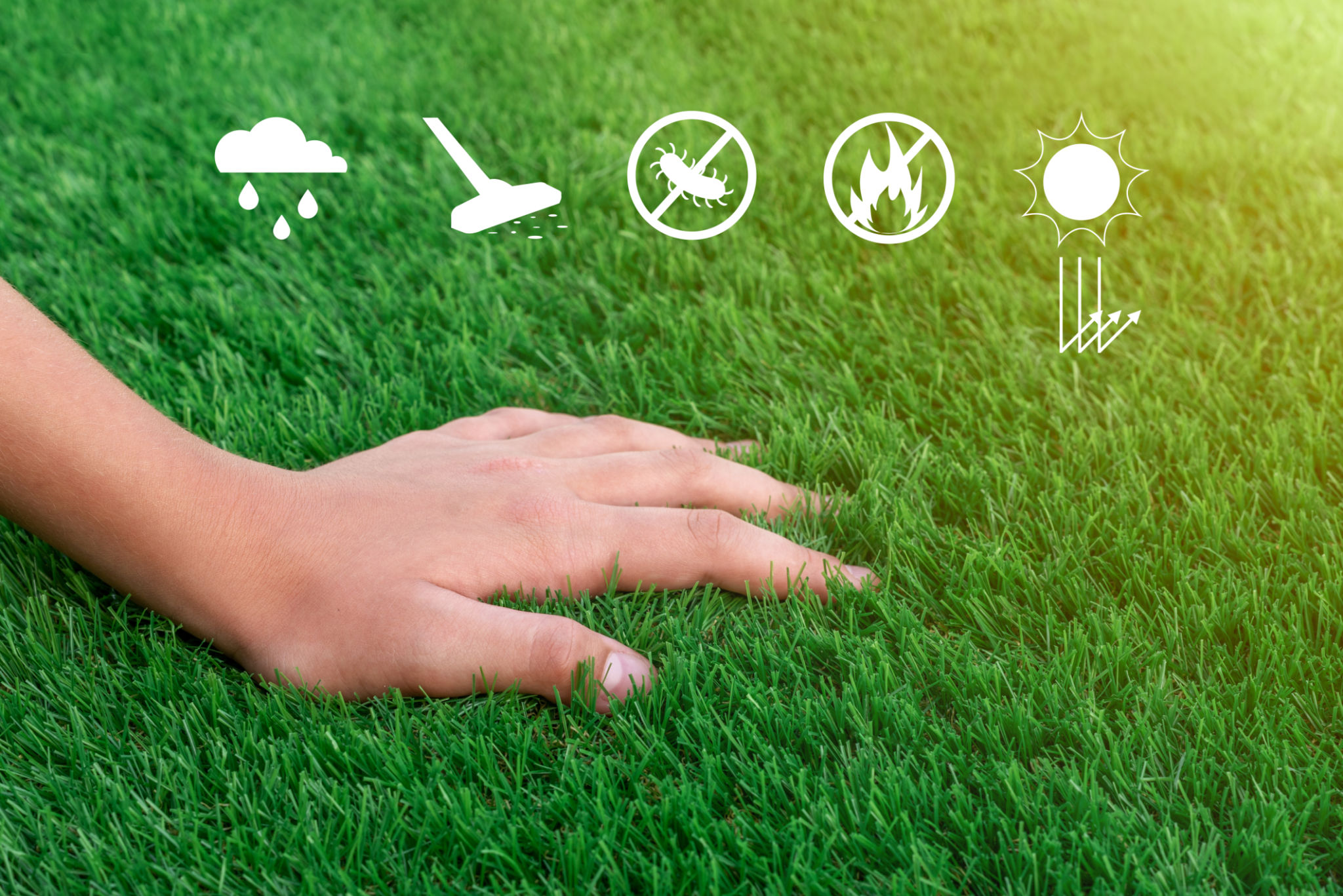How Durable Are Artificial Lawns? A Comprehensive Guide
The Appeal of Artificial Lawns
In recent years, artificial lawns have become an increasingly popular choice for homeowners looking for a low-maintenance and aesthetically pleasing alternative to natural grass. These synthetic lawns offer a green, lush appearance year-round without the need for watering, mowing, or fertilizing. But how durable are they, really? Let's take a closer look at the factors that contribute to the longevity of artificial lawns.

Materials and Construction
One of the primary factors affecting the durability of artificial lawns is the materials used in their construction. Most artificial grass is made from polyethylene, polypropylene, or nylon. Polyethylene offers a soft feel and is often used for residential lawns, while nylon is more robust and suited for high-traffic areas. Polypropylene is generally less durable but is a more cost-effective option. The quality of these materials significantly impacts the lawn's lifespan.
The backing of the artificial turf is another important consideration. A high-quality latex or polyurethane backing can provide better resistance to wear and tear. Additionally, UV-resistant coatings can help protect the fibers from sun damage, ensuring the lawn maintains its vibrant color over time.
Factors Influencing Longevity
Several factors can influence the durability of an artificial lawn. First and foremost is the climate in which it is installed. In regions with extreme weather conditions, such as intense heat or heavy snow, the turf may experience accelerated wear. However, modern artificial lawns are designed to withstand varying weather conditions effectively.

Another factor is the level of foot traffic the lawn receives. Areas with frequent use, like playgrounds or sports fields, may show signs of wear sooner than residential lawns with minimal foot traffic. Choosing a high-quality product designed for high-traffic areas can mitigate some of this wear.
Maintenance Practices
While artificial lawns require significantly less maintenance than natural grass, some upkeep is still necessary to ensure their longevity. Regularly removing debris such as leaves and twigs can prevent drainage issues and maintain the lawn's appearance. Occasional brushing helps keep the blades upright and prevents matting.
It's also important to rinse the lawn periodically to wash away dust and pet residues. This simple maintenance routine can significantly extend the life of your artificial lawn.

Expected Lifespan
The lifespan of an artificial lawn can vary widely depending on the factors discussed above. On average, a well-maintained artificial lawn can last between 10 to 20 years. High-quality products installed under optimal conditions may even exceed this range, providing many years of hassle-free enjoyment.
Environmental Considerations
Many homeowners are also turning to artificial lawns for their environmental benefits. By eliminating the need for fertilizers and pesticides, synthetic turf reduces chemical runoff into local water sources. Additionally, it conserves water by eliminating the need for regular irrigation.
When an artificial lawn reaches the end of its life, it can often be recycled, further minimizing its environmental impact. This sustainable aspect adds another layer of appeal to choosing synthetic lawns.
Conclusion
Artificial lawns offer a durable, low-maintenance alternative to natural grass, providing a consistently green landscape regardless of weather conditions. By selecting high-quality materials and following simple maintenance practices, homeowners can enjoy their synthetic lawns for many years. Whether you're looking to save on water bills or create an attractive play area for children, artificial lawns provide a versatile and resilient solution.